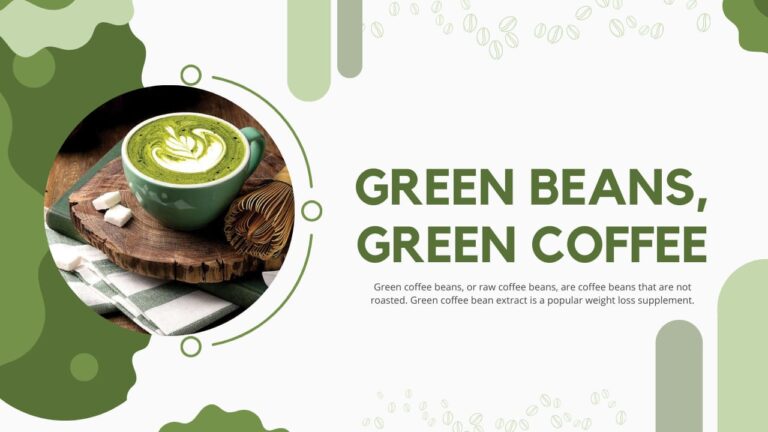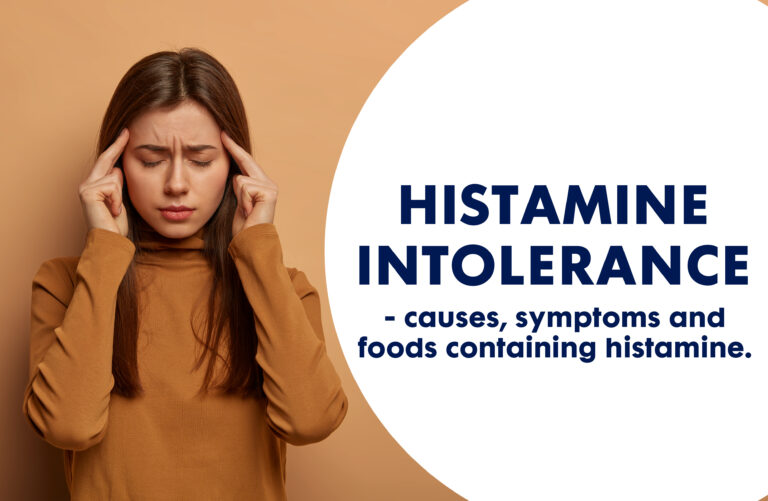Yes, you read that right. I am rightly talking about milk but without dairy. (P.S. Vegan milk, Nut Milk, Plant based milk, Milk substitutes, Milk alternatives: these are all the same things.)
Basically, when we look out for the definition of milk in the dictionary, it says like “opaque white fluid rich in fat and protein, secreted by female mammals for the food of their young.” So, you must be considering how these plant-based milks can fit into the definition of milk? RIGHT?
Actually, plant-based milks are also an opaque white fluid, but it’s secreted from the flesh of (you guessed it right), NUTS like, cashew, hazelnut, walnut, etc. You can make milk from just about anything, yes, literally anything! You just need to dip the nuts or grains in water for some time and tadaa! your milk is ready.
All these milk kinds look the same but there’s a major difference in their nutritional significance and characteristics. So, in this blog we will see the various types of milk alternatives, their sources, nutritional composition and unique health benefiting characteristics.
But why there’s rise in milk alternatives in the market and why do people often cut dairy milk from their diets?
Arguably, the people who have the most complicated relationship with dairy milk are those with digestive issues like IBS (irritable bowel syndrome), leaky gut syndrome and other common disorders. Another most quoted reason is ‘lactose intolerance’, often affecting or affected by a digestive disorder, which can manifest in cramps, loose stools, backed-up bowels, and even eczema.
According to the report of Times of India, around 60% of the Indian population diagnosed as Lactose Intolerance (and many don’t even realize it) meaning they lack the lactase enzyme which is very much necessary to properly digest the sugar in milk (lactose).
In a grocery store, it’s very hard to turn and seek for a plant-based dairy.
Some alternatives are readily available for a long enough time like soy milk and almond milk but others like oat milk are new in the market. So, lets simplify how all these alternatives differ from each other and let us help you to find the perfect milk alternative for you and your gut. 😉
- HEMP MILK:

Credit: Wikipedia
Yes, from the same plant of marijuana. But don’t worry, it doesn’t have the kind of effect. Hemp milk, or hemp seed milk, is a plant milk made from hemp seeds that are soaked and ground in water.
In 100 millilitres serving, hemp milk provides 46 calories, 3g of carbohydrates, 3g of fat and 2g of protein. Hemp milk contains no micronutrients but this milk is packed full of anti-inflammatory omega-3 fatty acids, protein, healthy fats, calcium, and iron and also is safe for those concerned about soy or milk allergies.
2. OAT MILK:

Credit: Marti Sans/Stocksy United
The latest craze in the non-dairy milk, oat milk is especially a good choice for people with certain food allergies and intolerances, as it’s naturally free of lactose and nuts. If made from certified gluten-free oats, it’s also suitable for those with gluten-related disorders.
They have twice the dietary fibre as that of cow’s milk and thus it supports the human gut as well (check for stabilizers like gums on the back of the carton, they may disturb the gut health).
Oat milk is chiefly packed with nutrients. 240 mL of oat milk contains, 120 calories, 3 g proteins, 5 g fats, 16 g carbohydrates, 2 g dietary fibre.
Oat milk for the most part has more calories, carbohydrates, and fibre than any other plant-based milks like almond, soy, and even cow’s milk. It provides less protein than soy and dairy milk. Furthermore, oat milk tends to contain more added B vitamins than almond milk, while almond milk tends to have more vitamin E.
2. COCONUT MILK:
Credit: Pinterest
Coconuts have brilliant whole body benefits including heart health, weight loss and of course your gut health. Coconut milk can be obtained from the white tissue of the mature fruits of the coconut tree. Among all the plant-based milk, this milk encompasses a thick consistency and a wealthy, creamy texture.
There’s a major distinction between coconut water and coconut milk (you should not confuse between these two). Coconut water is found naturally in the flesh of the unripe green coconuts. Also, coconut water is about 94% water and has less nutrients than that of coconut milk. Unlike coconut water, Coconut milk is not found naturally. Rather, coconut flesh is blended with water for coconut milk, which is around 50% water.
As a matter of fact, with that thick consistency of the milk, I think you had already guessed that this milk is full of calories. Approximately, 93% of calories comes from fat or saturated fats. 240 grams of coconut milk contains huge 552 calories, 57 g fats, 5g protein, 13 g carbohydrates and 5 g fiber. This milk is additionally a great source for various vitamins and minerals.
3. SOY MILK:

Credit: Marti Sans/Stocksy United
At once soy milk was known as the original plant-based milk, as it was the only option available at that time. Soy milk was commonly consumed by those who are intolerant to lactose and most recently this became the favourite drink of the vegan people.
By combining soaked soybeans with water and filtering away the particles, soy milk is created. There are generally two varieties of soy milk – sweetened and unsweetened milk. The major difference between these two varieties is the cane sugar. Additionally, the sweetened soy milk contains cane sugar, whereas unsweetened milk only contains purified water and soybeans.
When looking at the nutrition point of view, a 240 mL serving of unsweetened soy milk provides 80 Calories, 4 g Fats, 4 g Carbs, 7 g Protein. It is clear that this milk contains more protein than other milk like oat and hemp.
Soy milk is bit more controversial because of its phytoestrogen which is a weak form of female sex hormone estrogen. Anti-nutrients present in it may reduce the absorption of some micronutrients. Sometimes these phytonutrients show beneficial effects too such as helping reduce breast cancers, lowering the cholesterol level as well as risk of fatal heart diseases.
4. PEA MILK:
Credit: Pinterest
So, if you are an athletic person and searching for a perfect protein drink but don’t want to harm animals and environment then this particular milk is meant for you.
Despite it has clearly become the rival of soy milk. The pea milk company Ripple says that their milk contains about 10g protein. Along with pea protein this pea milk is becoming the main attraction for gym goers.
Pea milk is comparable with cow milk, as the serving of 240 ml of each milk contains the same amount of protein that is 10g. Other than its high protein content, pea milk also contains 70 calories, 0 Carbs and 4.5 g of total fat.
This milk is perfectfor the vegan people, since it contains useful minerals like potassium, calcium, vitamin A, vitamin D and iron, nutrients which may be lacking in their diet. Pea milk contains fewer calories than cow’s milk yet it is creamy, satisfying and also it is more environmentally friendly.
5. ALMOND MILK:
Credit: Cara Brostrom/Stocksy United
Almond milk, the most palatable of other plant-based milk.
This milk features a wide range of nutrients. A 100 gram serving of almond milk includes 15 calories, 0.3g carbohydrates, 0.3g fibre, 0g sugars, and 1g of protein. Additionally, it does not contain cholesterol, lactose and saturated fats.
At the present time commercially, this milk comes in flavoured (vanilla and chocolate), sweetened-unsweetened and fortified (micronutrients) categories.
But this milk is not for you if you’re an athlete and want to get the majority of your protein from the milk you drink. Most of the almond milk contains only 1g of protein. Although to boost the protein content in the milk, companies now decided to add other plant-based proteins.
6. RICE MILK:

Credit: Wikipedia
Some people are allergic to nut milks like, soy, almond and coconut, for them rice milk is a best substitute. Additionally, this milk can be easily digested and may prevent diabetes. Rice milk is typically manufactured from brown rice and sometimes sweetened with sugars or artificial sweeteners.
As compared with other milks, this one has a very thin consistency as well as lacks flavour.
In nutritional significance, rice milk is pretty much weaker. They are low in calories, protein and calcium as well. For the fulfilment of these nutrients, one has to fortify the milk.
So, unless you are suffering from allergies, this milk is not recommended for you as there are bundles of options still available.
So, how can you find your perfect drink and not get confused when standing in front of dozens of plant based milk?
Ask these questions to yourself while buying plant-based milk,
- Does this milk claim to supply calcium and vitamin D at least 30% and 25% of the daily value respectively?
- Is this milk a significant source of protein? (Soy, pea and hemp are better)
- Am I allergic to soy or almonds or nuts? (If, then choose rice milk instead)
- Is this milk containing added sugar?
Lastly, I would say, experiment a bit, don’t be afraid to try new varieties of plant-based milk products or else make your own milk alternative in your home.
References:
60 per cent of Indians suffer from milk intolerance (and many don’t even realise it). (2020, 5 18). Retrieved from Times of India: https://timesofindia.indiatimes.com/life-style/health-fitness/diet/60-per-cent-of-indians-suffer-from-milk-intolerance-and-many-dont-even-realise-it/photostory/75807121.cms
Almond milk. (2022, 5 15). Retrieved from Wikipedia: https://en.wikipedia.org/wiki/Almond_milk
Hallal, F. (2021, 12 7). 11 Evidence-Based Health Benefits of Almond Milk — and How to Make Your Own. Retrieved from Healthline: https://www.healthline.com/nutrition/almond-milk-health-benefits
Hemp milk. (2022, 4 2). Retrieved from Wikipedia: https://en.wikipedia.org/wiki/Hemp_milk
Kubala, J. (n.d.). Ripple Milk: 6 Reasons Why You Should Try Pea Milk. Retrieved from Healthline: https://www.healthline.com/nutrition/ripple-milk#TOC_TITLE_HDR_1
Leong, K. M. (2018, 6 9). Looking for a Milk Substitute? Plant-Based Milk Alternatives Compared. Retrieved from Medium: https://kristieleong.medium.com/looking-for-a-milk-substitute-plant-based-milk-alternatives-compared-9dfc68e1d53b
Market, T. (2018, 11 8). The Ultimate Guide to Dairy Alternatives. Retrieved from Medium: https://medium.com/@thrivemarket/the-ultimate-guide-to-dairy-alternatives-ea6336e51283
Rice milk. (2022, 5 1). Retrieved from Wikipedia: https://en.wikipedia.org/wiki/Rice_milk
Shojai, P. (2021, 7 2). Which Dairy-Milk Alternatives Digest the Best? Retrieved from Medium: https://pedramshojai.medium.com/which-dairy-milk-alternatives-digest-the-best-479a16bcb53f
Spritzler, F. (2020, 3 5). Coconut Milk: Health Benefits and Uses. Retrieved from Healthline: https://www.healthline.com/nutrition/coconut-milk#heart-health
Walle, G. V. (2021, 11 26). How Do You Make Oat Milk? Nutrients, Benefits, and More. Retrieved from Healthline: https://www.healthline.com/nutrition/oat-milk
Walle, G. V. (2022, 5 4). What’s in Soy Milk? A Closer Look at Ingredients and More. Retrieved from Healthline: https://www.healthline.com/nutrition/soy-milk-ingredients



TASTES LIKE MILK, BUT WITHOUT DAIRY- Plant based Milks